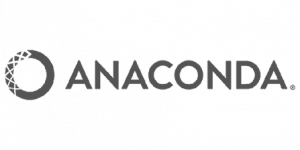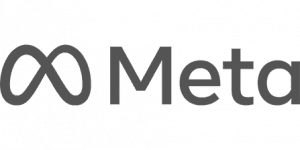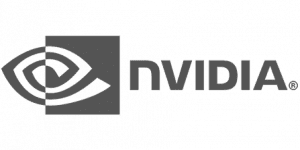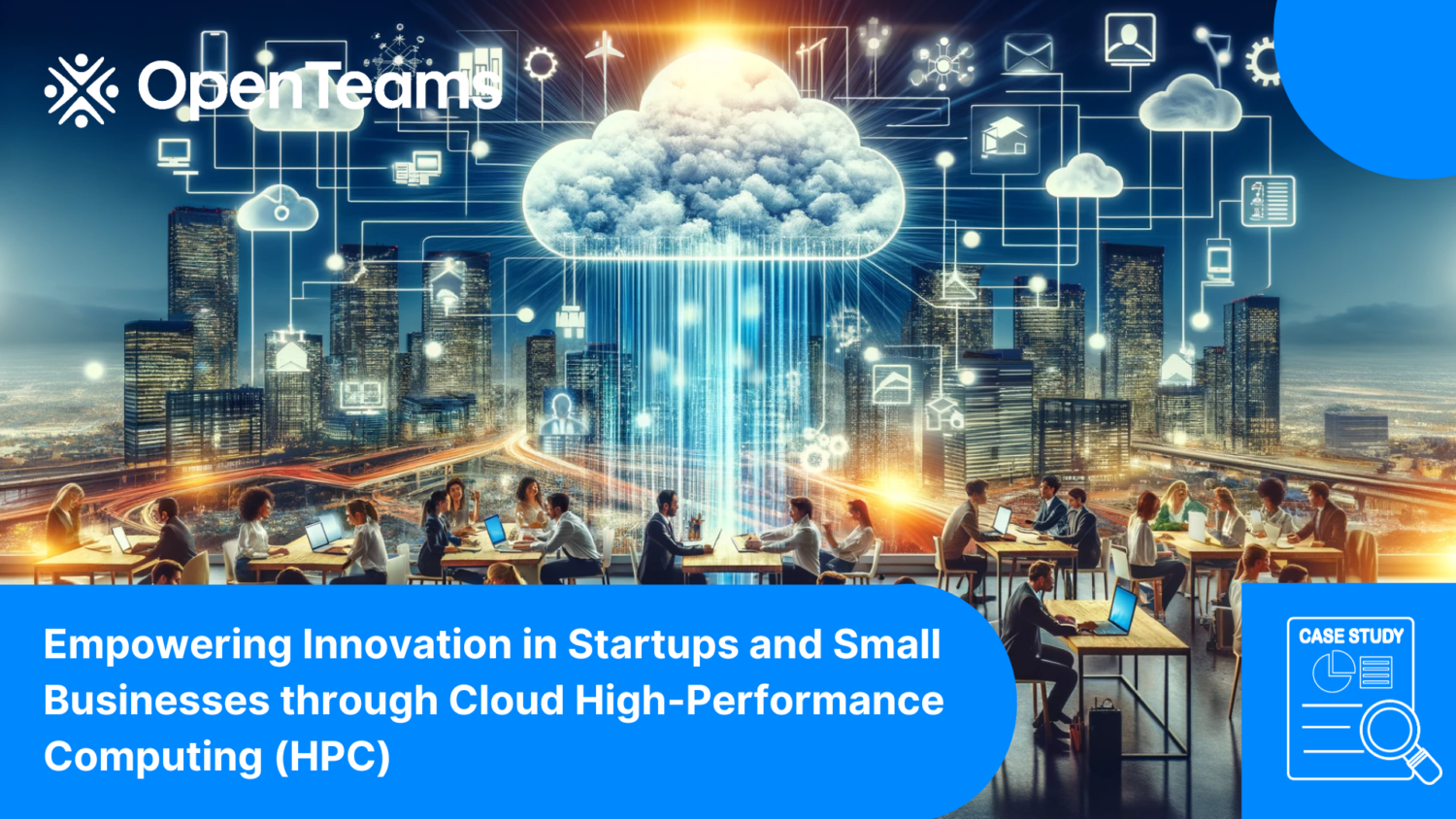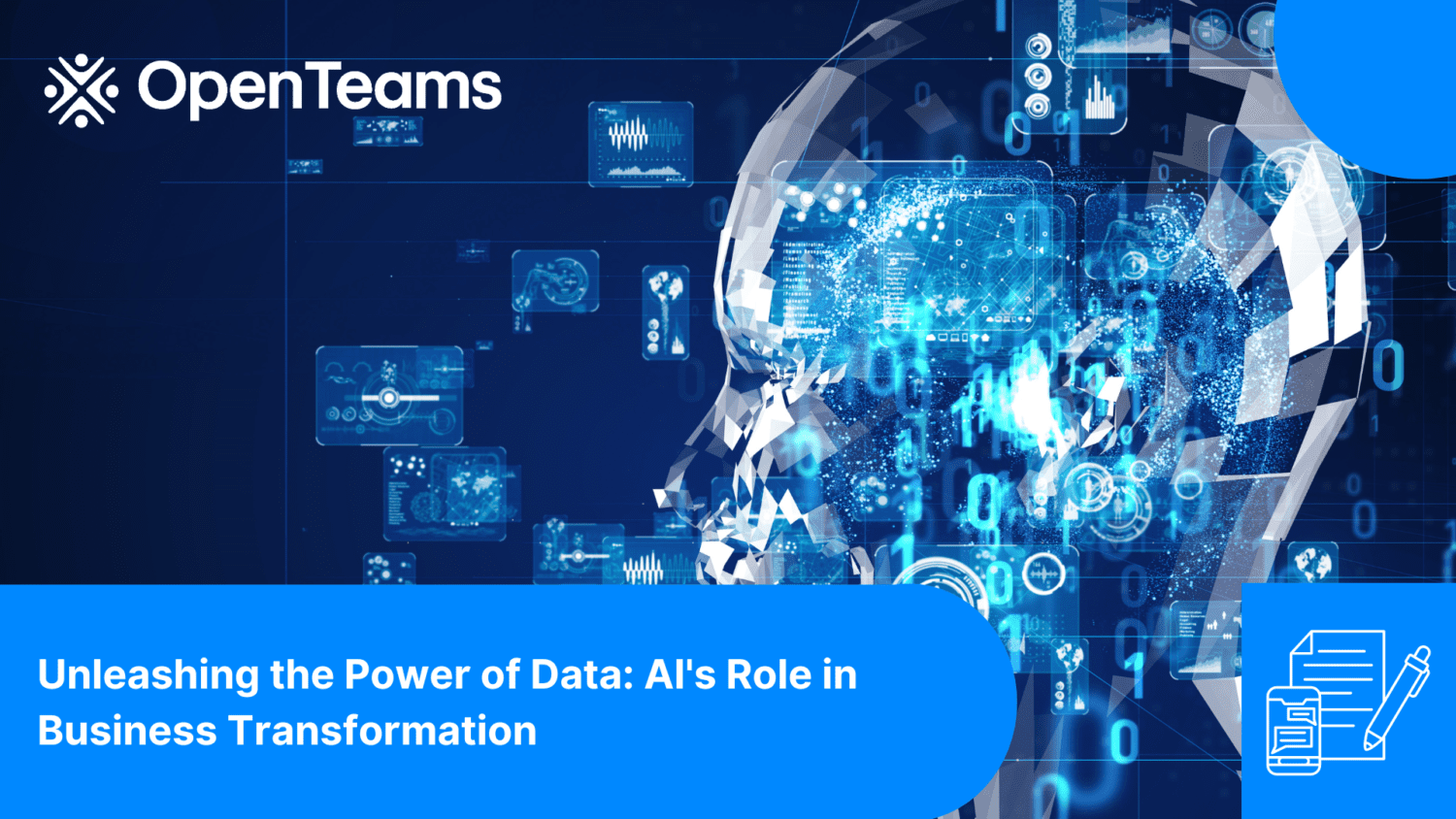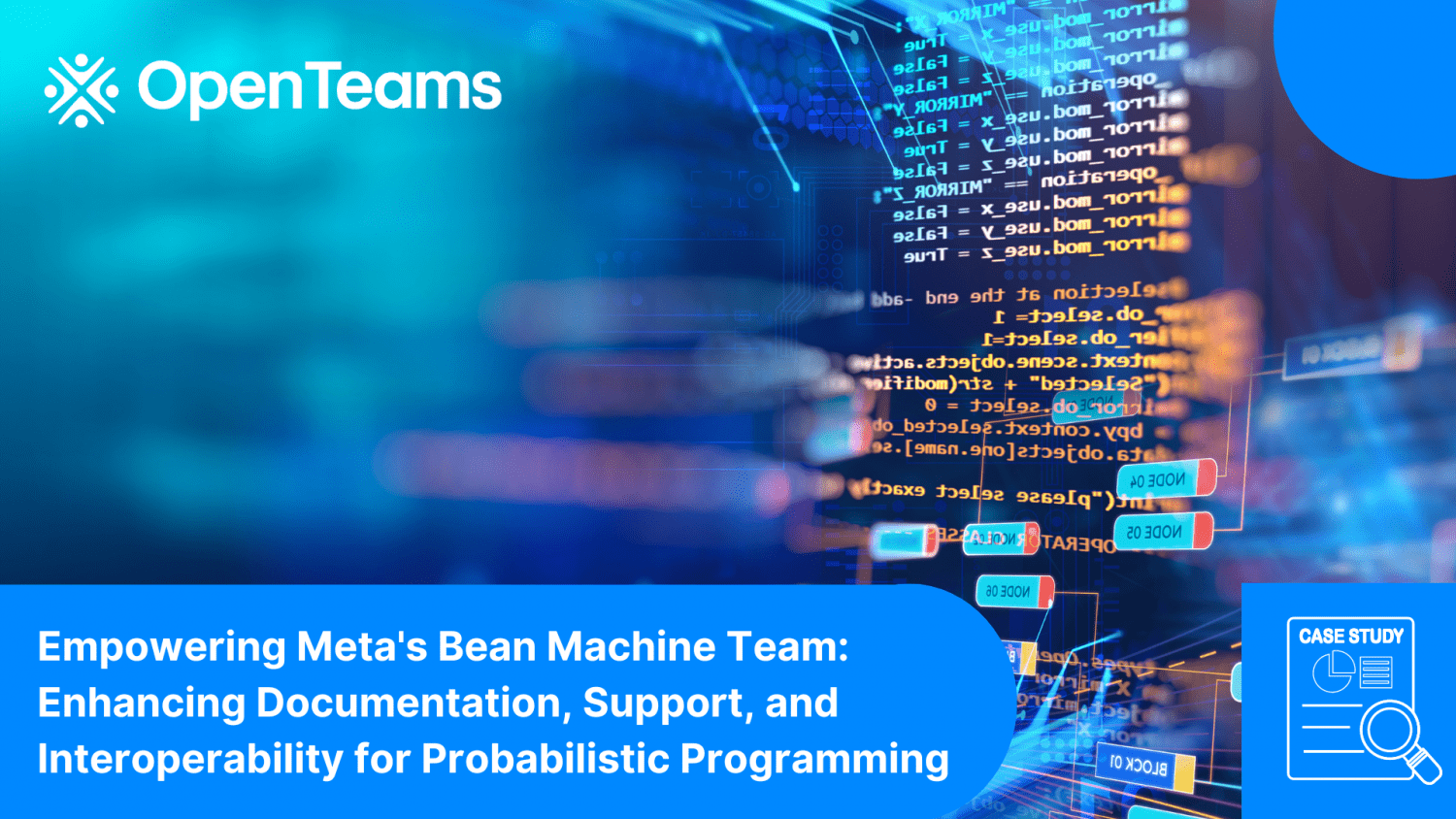Gain Expert Insights And Recommendations From Open Source Architects
Gain Expert Insights
Avoid Costly Downtime And Ensure Systems Are Optimized
Reduce Costs
Identify And Adopt The Latest Technologies And Best Practices
Accelerate Innovation
Ensure Your Infrastructure Is Tailored To Your Requirements
Customized Solutions
Open Source Technology Assessment
OpenTeams Open Source Technology Assessment service is a comprehensive review of your existing open source infrastructure. Our team of experienced Open Source Architects will assess your systems, identify areas for improvement, and provide recommendations on how to optimize your open source technologies to better support your business goals. This service helps businesses make informed decisions about their open source investments, ensuring they are getting the most out of their technology stack.
Unlock the full potential of open source


Tech Assessment Process
Get a 360-Degree View of Your Use Of Open Source Technologies
OpenTeams’ tech assessment process begins with a consultation between the client and the team of Open Source Architects to discuss the client’s goals and challenges. The team then conducts a thorough analysis of the client’s existing open source infrastructure and identifies areas for improvement. Finally, the team creates a detailed roadmap that outlines recommended changes and improvements, with personalized support throughout the entire process to provide a customized solution that optimizes open source technology for maximum performance and efficiency.


Initial Consultation
The initial consultation of a tech assessment involves a discussion between the client and an Open Source Architect to identify the client’s goals, objectives, challenges, and issues with their existing open source infrastructure. This allows the team to comprehensively understand the client’s needs and provide personalized support and recommendations throughout the process.
Data Collection
The Open Source Architects will gather information about the client’s existing open source infrastructure. This typically involves reviewing existing documentation and configurations and conducting interviews with key stakeholders to understand better the client’s goals and objectives for their open source technology. The architect may also use automated tools to collect data on system performance, resource utilization, and other key metrics. All of this information will be used to inform the subsequent analysis and recommendations.
Analysis
The Analysis phase of a tech assessment involves a thorough evaluation of the client’s existing open source infrastructure, including factors such as performance, scalability, security, and cost-effectiveness. Based on this analysis, the team of Open Source Architects will identify areas for improvement and make recommendations for optimizing the client’s open source systems.
Recommendation
In the Recommendation phase of a tech assessment, the OpenTeams’ team of Open Source Architects will identify areas for improvement based on the analysis conducted in the previous phase. They will then provide recommendations to optimize the client’s open source systems, taking into account factors such as performance, scalability, security, and cost-effectiveness. These recommendations will be customized to the client’s specific needs and goals.
Implementation
During the Implementation phase of a tech assessment, OpenTeams’ team of Open Source Architects works closely with the client to implement the recommended changes and improvements outlined in the roadmap. This includes tasks such as software installation, configuration, and custom development. Throughout the implementation phase, OpenTeams provides personalized support and guidance to ensure that the client’s open source systems are optimized for maximum performance and efficiency.


A tech assessment can be a game-changer for businesses looking to optimize their open source technology infrastructure. By analyzing current systems, identifying areas for improvement, and creating a roadmap for optimization, a tech assessment can help businesses achieve their goals and stay ahead of the competition. Here are some of the results that clients can expect from a tech assessment:
Improved Performance
One of the primary benefits of a tech assessment is improved performance. The Open Source Architects conducting the assessment will analyze the client's current infrastructure, looking for areas where performance can be improved. They will then make recommendations for optimizations, such as improving database indexing or reconfiguring servers, that can significantly boost performance.
Increased Scalability
As businesses grow, their technology needs often change. A tech assessment can help businesses anticipate and plan for future growth by identifying areas where scalability can be improved. This might involve redesigning systems to be more modular or implementing cloud-based solutions that can easily scale up or down as needed.
Better Security
Open source technology is vulnerable to security threats, and businesses must take steps to protect themselves. During a tech assessment, Open Source Architects will evaluate the client's current security measures and identify areas for improvement. This might involve implementing encryption, improving access control, or upgrading to the latest software versions to patch vulnerabilities.
Cost Savings
By optimizing systems for performance, scalability, and security, a tech assessment can help businesses save money. By identifying areas where inefficiencies exist, Open Source Architects can make recommendations for cost savings, such as switching to more cost-effective hosting solutions or using open source software that offers similar functionality to proprietary solutions.
Future Proofing
Technology is constantly evolving, and businesses must keep up with the latest trends to remain competitive. A tech assessment can help businesses future-proof their technology infrastructure by identifying areas where new solutions or upgrades are needed. This might involve recommending the use of cutting-edge technologies, such as AI and machine learning, to give businesses a competitive edge.
Improved User Experience
A tech assessment can help businesses improve the user experience for their customers or employees. By optimizing systems for performance and usability, businesses can provide a better overall experience that increases engagement and satisfaction.
Case Studies
Discover OpenTeams’ transformative case studies showcasing the power of our open source architects. Explore success stories of businesses harnessing open source technology for optimal workflows, collaboration, efficiency, and cost reduction. Join us on a journey of companies leveraging our expertise to elevate their digital capabilities with cutting-edge software.
HELPING COMPANIES BUILD BETTER SOFTWARE WITH OPEN SOURCE
Matthew Yough’s Data Engineering Expertise Revolutionizes Company’s Data Management and Reporting System
Empowering Innovation in Startups and Small Businesses through Cloud High-Performance Computing
Revolutionizing University Research with Cloud High-Performance Computing
Unleashing the Power of Data: AI’s Role in Business Transformation
Empowering Meta’s Bean Machine Team: Enhancing Documentation, Support, and Interoperability for Probabilistic Programming
Unlock the power of open source for your business today
OpenTeams provides businesses with access to a team of experienced open source professionals who can help them unlock the power of open source technologies, delivering customized solutions tailored to their specific needs and goals. Get in touch with us today to learn how we can help you leverage open source to achieve your business objectives.



